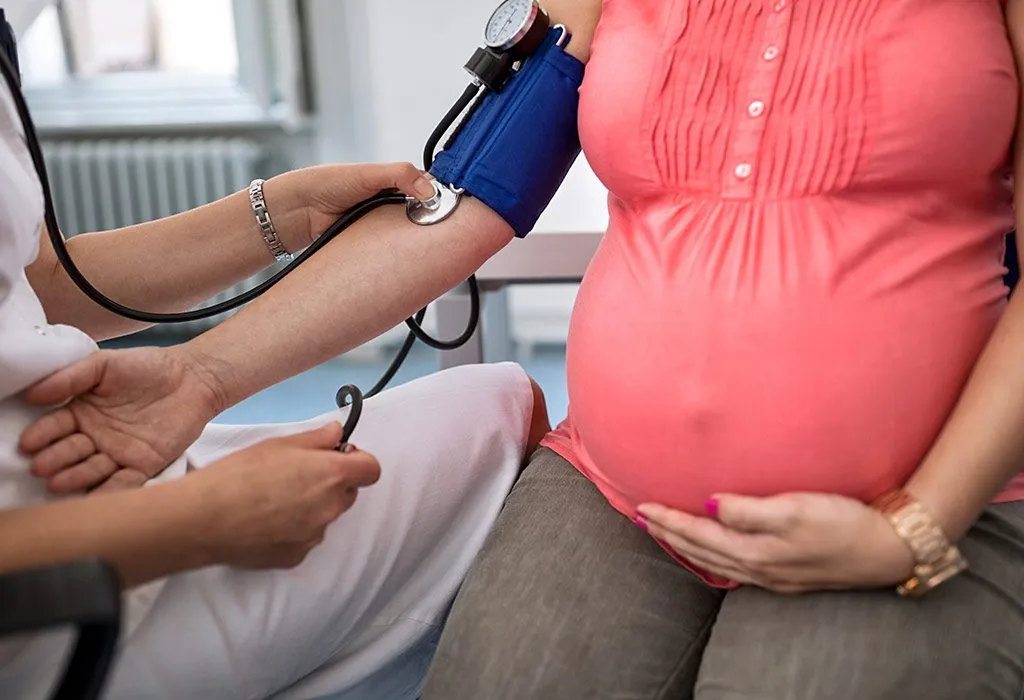- About us
- Specialties
Infertility Treatments
Gynaecolgic Surgery
High Risk Pregnancy
Obstetrics
Donor Programs
- News & Events
- Academic Activities
- Blogs
- Contact us

Preeclampsia is defined as proteinuria and hypertension that develops suddenly or worsens after 20 weeks of pregnancy. In individuals with preeclampsia, eclampsia refers to inexplicable widespread seizures. Blood pressure, urine protein, and tests to look for end-organ damage (such as pulmonary edema, or reduced liver or kidney function) are used in the diagnosis process. For maternal or fetal complications, treatment often consists of intravenous magnesium sulfate and delivery at term or earlier. In pregnancy, preeclampsia affects 3–7% of women. After 20 weeks of pregnancy, preeclampsia and eclampsia begin to manifest; in up to 25% of instances, these conditions worsen four days or even six weeks after giving birth.
You could have symptoms of both preeclampsia and eclampsia because the two illnesses can coexist. But some of your symptoms can be brought on by other illnesses like diabetes or kidney disease. You must inform your doctor about any illnesses you may have so they can rule out alternative explanations.
Common preeclampsia symptoms include the following:
Patients may exhibit no signs at all before the beginning of eclampsia, or they may exhibit the same symptoms as mentioned above. The symptoms listed below are typical signs of eclampsia: seizures, unconsciousness, and restlessness
Most often, prenatal care is used to diagnose preeclampsia. Preeclampsia is most frequently diagnosed with the following tests:
Blood pressure test: During every prenatal visit, your doctor will take your blood pressure. You may develop preeclampsia if your blood pressure is 140/90 mmHg or above on two different occasions that are at least four hours apart.
Urine test: A protein test for urine will also be performed by your doctor. A high protein level in your urine could indicate preeclampsia.
The following tests could also be used to identify preeclampsia:
Blood testing: To assess your liver, kidney, and platelet counts, your doctor may prescribe blood tests.
Imaging tests: An ultrasound or Doppler ultrasound can be performed to examine the baby’s and placenta’s blood flow.
Your doctor will prescribe tests if you have been diagnosed with preeclampsia or if you have a history of the condition to find out if it has returned or worsened. Your doctor will conduct testing to rule out preeclampsia to figure out why you’re having seizures if you don’t have it. These examinations may consist of:
Blood Test: To evaluate your condition, your doctor could prescribe a variety of blood tests. A complete blood count determines the total number of red blood cells in your blood, whereas a platelet count assesses how efficiently your blood clots. Your liver and kidney functions will also be examined with the use of blood testing.
Creatinine test: One waste product produced by the muscles is creatinine. The majority of creatinine in your blood should be removed by your kidneys, but if the glomeruli experience damage, more creatinine will still be present in your blood. Elevations of creatinine in the blood can sometimes be a sign of preeclampsia, but not always.
Urine examinations: Urine tests may be prescribed by your doctor to determine the amount and rate of protein excretion.
Copyright © 2024. All Rights Reserved.
Powered By BCC

Copyright © 2024. All Rights Reserved.
Powered By BCC